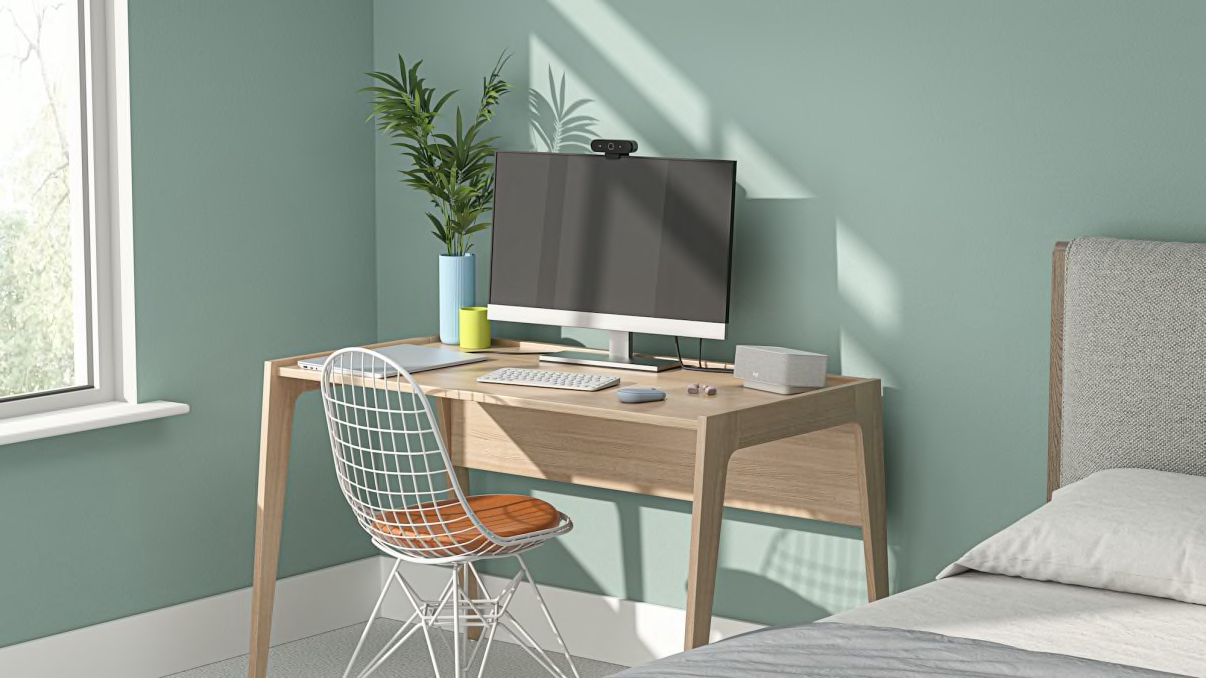Simplifying the Home Office Toolset in Complex Times
IT is Embracing its Role in Making Remote Work More Equitable

As organizations seek to become more resilient, they are increasingly relying on remote workers. While employees are expected to excel while working from home, the home office as we know it was not necessarily built for sustained, long-term remote work. Furthermore, the pandemic has exposed deep inequities in remote work, as some employees’ work-from-home arrangements are more advantageous than others. With distributed teams becoming essential for organizations’ survival, the home office is due for a substantial upgrade.
When the pandemic struck, most organizations did not have a plan to outfit their workforce with the tools they would need in order to work from home indefinitely. For the most part, people used what they had on-hand, to varying degrees of success. This approach is not just an inconvenience. It is unsustainable and poses a real risk amidst ongoing disruptions - like evolving health and safety regulations. Organizations must ensure employees can work effectively under any circumstances.
The pandemic put a sudden spotlight on the need for a more proactive approach to remote work. Organizations are now seeking a more streamlined, organized, and empowered remote workforce, emphasizing flexibility, security, and productivity.
Designing the Home Office for Remote-first
The typical home office continues to feature a default array of cables, docking stations, speakers, adapters, power supplies, webcams, and microphones scattered across a desk. Many of these components have a single use, and weren’t designed for the realities of working exclusively from home. Additionally, these devices are often sourced from different vendors. Too much variation in home office equipment can be difficult for IT to manage, especially from a distance.
This inconsistent and reactive approach to provisioning has multiple consequences:
- Overspending on components that have limited value
- Complaints from frustrated employees, especially during onboarding
- More IT support tickets and troubleshooting
- More time spent on device maintenance and support
- Increased security risk
- Employees left with setups not conducive to collaboration, productivity, and well-being

Creating a More Equitable Remote Work Experience
The problem goes beyond IT and operations. By default, employees have been tasked with setting up their own home office spaces. Without prescriptive guidance from IT, many employees are left with setups not conducive to collaboration, productivity, and well-being. This is a big deal, given the fact that collaboration, teamwork, and employee happiness are more critical for success than ever before.
Furthermore, not all employees have equal circumstances - far from it. Some employees are more tech-savvy and have a better eye for design than others. Some have more resources than others. Some have support systems that others do not. Some have living spaces that are better suited to remote work than others.
An employee’s ability to set up a high-functioning home office space should not affect their job performance. Organizational leaders must take a more active role in ensuring that all employees have a high-quality home office setup. Addressing these inequities will improve the employee experience and drive better team outcomes.
Achieving Remote-first Home Office Success
For employers, provisioning for the home office can be costly and inconsistent. For employees, it can be inequitable and even exclusionary. To mitigate these risks, remote-first work requires a new category of products, built from the ground-up for the home office for the first time in order to facilitate connection, collaboration, well-being, and productivity all in one place.
IT should evaluate whether or not their employees’ home office equipment meets the criteria for being truly remote-first. What does this criteria look like?
- Purpose-built for personal use
- Optimized for virtual collaboration and communication
- Easily deployable and manageable at scale
- Certified to easily integrate with organizations’ existing applications
While some components offer some of these features some of the time, a more sophisticated home office setup emerges when all of these factors are centrally-realized, solving for multiple challenges at once.
It is clear that to ensure resilience in unpredictable times, the home office experience must be simplified, putting remote employees on more equal footing and consolidating the process for employers.
YOU MAY ALSO BE INTERESTED IN
Browse Categories: